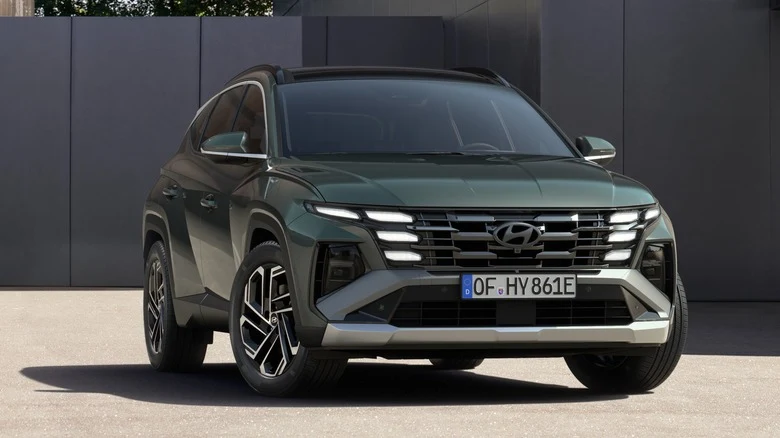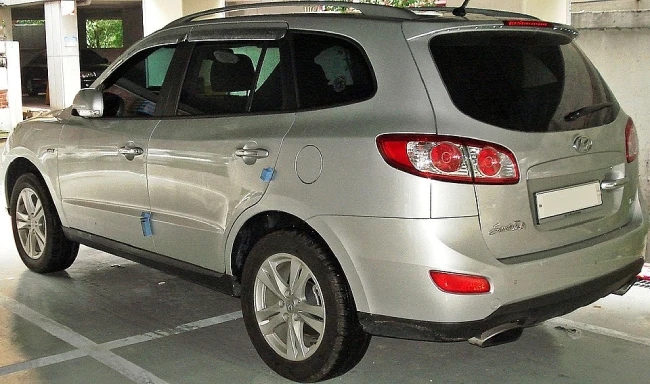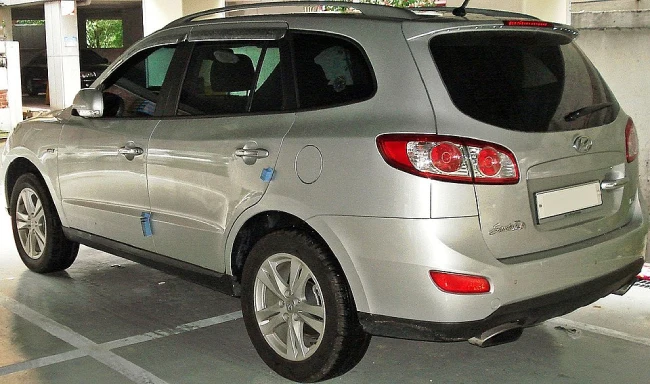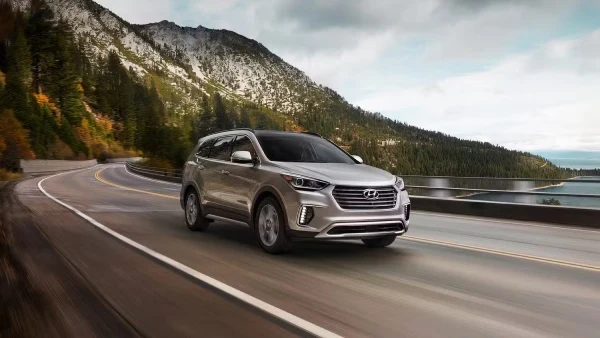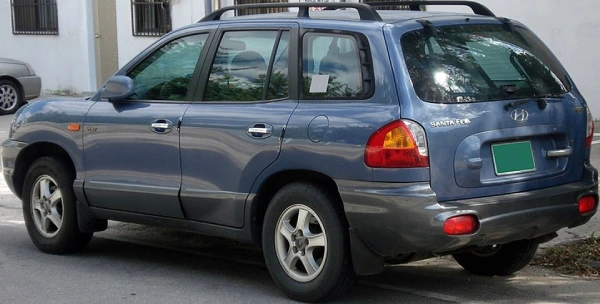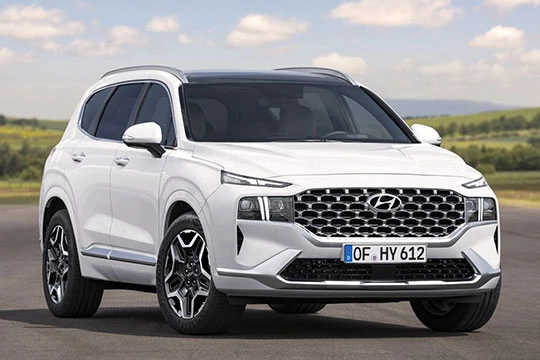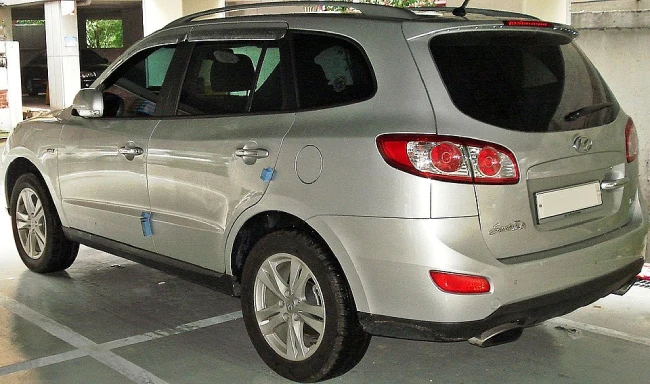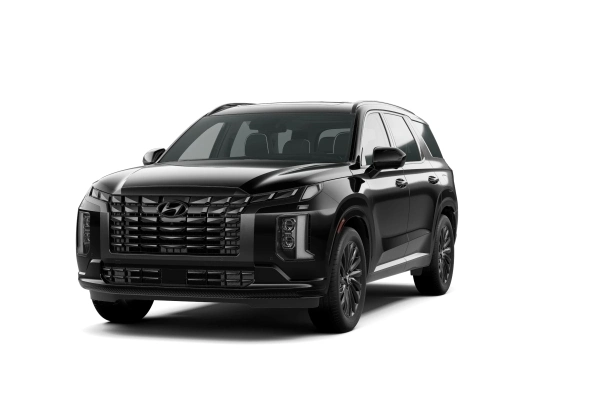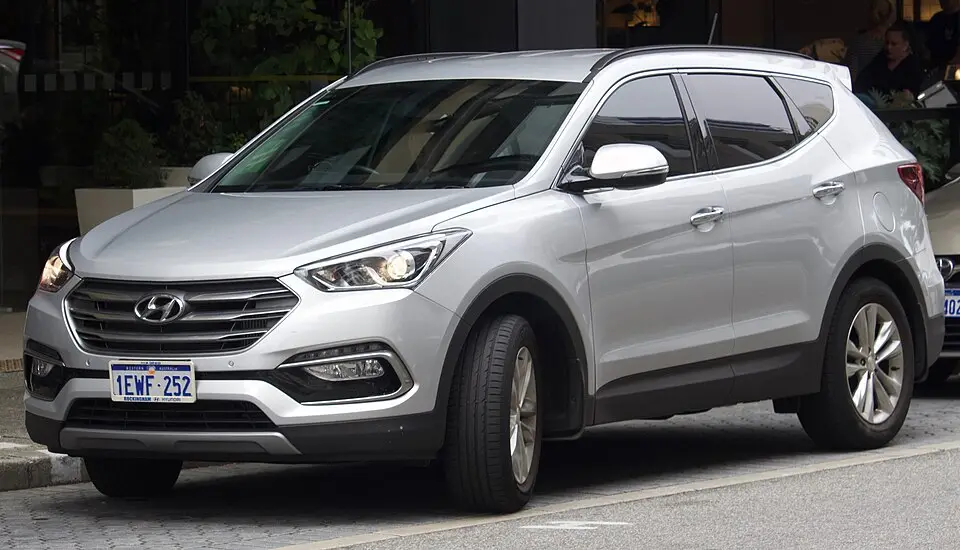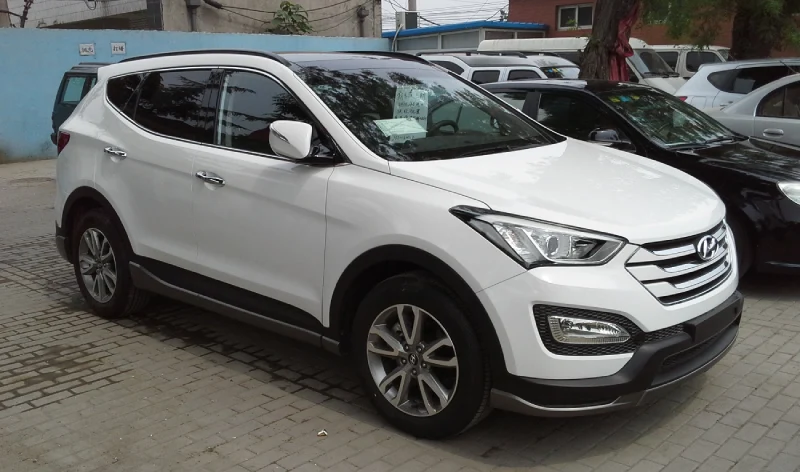Since Hyundai began to build vehicles in the United States in the late 2000s, the business has become well-known in the American automotive scene. The Hyundai Motor Manufacturing Alabama (HMMA) facility started this journey, then a second plant opened in Georgia. This focus on local manufacturing emphasizes Hyundai’s will to provide premium cars fit for American buyers that boost the American economy.
Checkered Flag Hyundai World in Virginia Beach, Virginia, offers a selection of both brand-new and used Hyundai cars. This article will highlight the advantages of selecting a model produced in the United States.
American Hyundai Models Made Here
Let’s examine closely which Hyundai models are produced in the United States and what appeals to drivers about them.
Hyundai Elantra
At the HMMA factory in Montgomery, Alabama, the little sedan Hyundai Elantra rolls off the assembly line. This model is notable for its superior safety features, elegant design, and excellent fuel economy. Modern driving experiences that appeal to tech-savvy drivers are provided by the Elantra thanks to technologies like Apple CarPlay and Android Auto integration. Whether you’re using it for daily travel or longer road trips, its roomy interior and cozy seating make it a great option.
Hyundai Sonata
Another well-liked sedan reflecting Hyundai’s dedication to quality is the Hyundai Sonata, which is also built in Montgomery. The Sonata has a polished appearance and a roomy cabin built from first-quality materials. It provides a selection of engines, including hybrid models, so it is appealing to environmentally conscious drivers. Families and professionals alike love the Sonata for its sophisticated driver-assistance systems and easy-to-use entertainment system.
Hyundai Santa Fe
From the same HMMA factory is the midsize SUV Hyundai Santa Fe. Families and adventure seekers would find this model perfect since it provides adaptability and comfort. Santa Fe distinguishes itself in its class with lots of cargo space and a range of technological tools. Its strong safety ratings and excellent handling help drivers to improve their whole driving experience.
Hyundai Tucson
Another well-liked SUV, the Tucson, also comes from the Alabama facility. Stunning appearance and utility are hallmarks of this compact SUV. Its roomy interior with first-rate technology—including a panoramic sunroof and a simple touch-screen interface—is showcased. Both city people and outdoor lovers should consider the Tucson since it finds a mix between performance and fuel economy.
Hyundai Santa Cruz
Hyundai has added the Santa Cruz, a distinctive crossover combining the comfort of an SUV with the utility of a truck. The Santa Cruz has creative features, including a flexible bed for carrying tools. Its athletic style and cutting-edge technologies appeal to younger consumers seeking out something unique in the automotive sector.
Economic and Environmental Advantages of Hyundai’s American Manufacturing
Boosting the Local Economy
Through the growth of local supplier chains and additional employment created, Hyundai’s U.S. manufacturing activities greatly boost the local economy. Hyundai and its independent dealer network provide over 190,000 jobs and $20.1 billion yearly in private earnings to the American economy.
Investments in Electric Vehicle Manufacturing
With a $12.6 billion commitment among other investments in electric vehicle (EV) manufacturing, the business should create over 50,000 new jobs. These positions not only create direct employment but also increase chances for connected industries to flourish.
Environmental Stewardship
Regarding the environment, Hyundai’s American factories actively participate in projects aimed at lowering carbon emissions and promoting sustainability. The corporation has substantially invested in modern EV production facilities, which are meant to reduce environmental effects, in Georgia and Alabama.
Hyundai has set several policies to lower greenhouse gas emissions and energy consumption at its production plants since it is dedicated to becoming carbon neutral.
Further highlighting Hyundai’s commitment to environmental stewardship are its U.S. operations, which include significant recycling programs and waste reduction initiatives. These projects not only contribute to environmental preservation but also fit more general sustainability objectives, helping Hyundai lead in ethical manufacturing techniques.
Why Purchasing Hyundai Made in America Matters
Benefit to the American Economy
Purchasing a Hyundai built in the United States helps the local economy. Not only in manufacturing but also in allied sectors, including component suppliers and shipping, your purchase generates employment. This linked network helps towns all throughout the nation to be stable and to thrive economically.
Simplified Supply Chains
Shorter supply chains resulting from domestic manufacture can enable your vehicle’s faster delivery timeframes. Purchasing a Hyundai manufactured in the United States guarantees a better experience from the showroom to your driveway by means of a more effective distribution mechanism.
Prospective Tax Rebates or Incentives
Many states provide tax rebates or incentives for buying American-made autos. Under the Inflation Reduction Act of 2022, for instance, consumers of new, eligible plug-in electric vehicles or fuel cell vehicles might get a federal tax credit of up to $7,500. The car must satisfy particular criteria, including finishing assembly in North America and adherence to crucial mineral and battery component specifications, in order to qualify.
Developing a Taste for American-Made Goods
The car business is not an exception; consumers want American-made goods more and more. According to recent polls, a substantial majority of American customers choose to purchase things made in the United States; many of them are ready to pay more for these items because of their presumed better quality and safety standards.
Buying a Hyundai made in the United States helps you to fit with this increasing trend and promote a brand that supports American production.
Excellent Standard of Quality
Hyundai is well-known for turning out dependable, premium cars. Hyundai keeps tight quality control standards by concentrating on American manufacture, therefore ensuring that the vehicles satisfy the demands of American drivers. Driving a Hyundai built in the United States lets you know you are behind the wheel of a car that upholds great standards.
Hyundai: Dedicated to the American Labor Force
Hyundai’s large array of locally built cars clearly shows its dedication to American manufacturing. Hyundai serves the needs of local consumers and supports American labor by developing popular vehicles, including the Elantra, Sonata, Santa Fe, Tucson, and Santa Cruz, in the United States.
To discover more about these remarkable cars, consider visiting Checkered Flag Hyundai World in Virginia Beach, Virginia, as you investigate the American-made Hyundai possibilities. Our dealership guarantees the ideal fit for your lifestyle by providing a large range of U.S.-made Hyundai vehicles.
